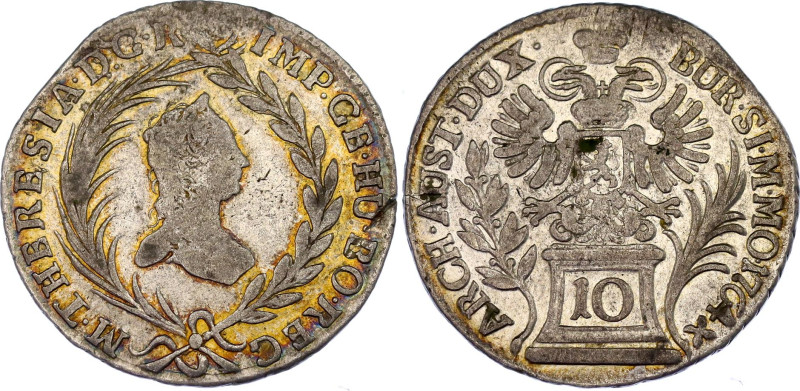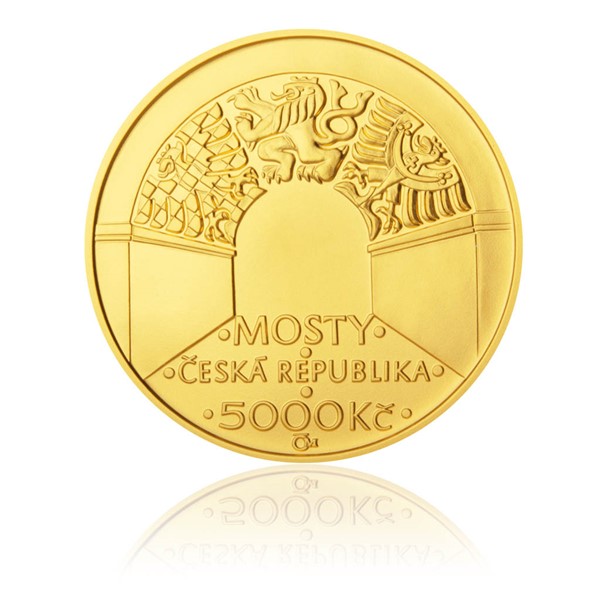Good Reasons To Scanning Czechoslovakia Medals
Good Reasons To Scanning Czechoslovakia Medals
Blog Article
What Is The Plaster Model Being Scanned To Create A Digital 3d Model For Gold Coins And Medals?
The process involves scanning a maquette in order to create a 3-D digital model of gold coins or medals. A special equipment is utilized to capture the information and dimensions of the physical model in a digital form. Digital replication serves a variety of functions in the manufacturing process. the Scanning Process Works
3D Scanning- High-resolution, 3D scanners are used to record the dimensions and the details of a plaster model. They employ a variety of techniques such as laser scanning and structured light to record precise measurements and geometrical shapes.
The scanner emits beams of lasers or light to the surface plaster models. The scanner records the reflections and distortions. This information is then used to build a model.
Data Collection - When the scanner passes over the model, it gathers an immense amount of data, resulting in a digital version of the model’s geometry, contours and particulars.
Conversion into 3D Model - The data points collected are processed by software which reconstructs them into a 3D digital model. The model is able to recreate the dimensions and physical attributes of the plaster model.
The Reasons to Create a Digital 3D Model
Precision and Replication- Digital 3D models permit precise replication of the physical model's features and dimensions. This accuracy will ensure that final gold coins and medals are created to be in line with the original design.
Digital models are able to be easily modification or reworking. Designers can adjust the 3D model, without changing the plaster model in its original form. This allows for repeated adjustments or enhancements.
Integration with manufacturing Processes: Digital 3D models are compatible with a variety of manufacturing methods, such as 3D printing and CNC machining. This allows for the rapid manufacturing of molds and other dies.
Digital 3D models can be utilized to preserve and document the design. They can be stored digitally for future reference, reproduction or documentation for historical purposes.
Manufacturers and designers can use advanced manufacturing techniques to produce gold medals and coins that are accurate and faithful to the original designs by scanning models of plaster and creating digital 3D models. Follow the best Scanning and 3D Modeling Czechoslovakia gold coins website examples. including 1 oz gold eagle, price of gold 1 oz today, coin gold silver, 1 ounce gold bullion, 1 4 ounce gold coin, sd bullion gold, buy gold pieces, guardian angel coin, $50 gold coin, cost of a gold bullion bar and more. 
How Can Laser Technology Be Used To Refine Gold Medals And Coins' Die Surfaces?
Laser technology is utilized to create master hubs, or dies, for gold medals or coins to achieve exact details and refine the surface for greater precision. This article will explain how laser technology is utilized during this process. Surface Refinement
After initial processing, laser technology can be used to refine die surfaces or hubs. Laser technology is utilized to eliminate small imperfections, burrs, and imperfections in the surface.
Detail Enhancement-
Laser ablation and engraving are employed to create or enhance details on the master hub or die. Lasers permit precise removal or etching of materials which allows the creation of delicate lines, textures, or intricate patterns.
Microstructuring-
Laser microstructuring entails the creation of microstructures or patterns on the surface of a die. This method allows the creation of specific patterns or textures that can enhance the visual appearance as well as security features on the medals and coins.
Treatment and Surface Hardening
In certain instances laser technology can be employed to treat or harden the surface of the master hub. This procedure improves durability and wear resistance that ensures the longevity of the process of striking.
Precision Alterations
Laser technology permits precise adjustments or adjustments to be made to the master hub or die without altering the geometry of the entire. This allows for adjustments to the surface in order to eliminate any imperfections, defects, or flaws which could have an effect on the quality or value of the coins or awards minted.
Controlled Materials Removal
Laser ablation is used for controlled material removal, especially in areas where complex details need to be defined or adjusted. It provides a method of material removing that is non-contact which preserves the quality and integrity of the area.
Laser technology is a great tool to improve the surface of dies and master hubs and master hubs, which result in more clarity, better surface quality and precision. This technology complements conventional machining techniques, allowing precision manipulation and improvement on the surface properties of the dies that are essential for making high-quality gold coins or awards. Check out the top rated laser processing Czechoslovakia gold coins more info. including gold panda coin, gold angel coin, 1oz gold eagle coin, $5 gold coin, gold medal swimming, one oz of gold, gold 1 dollar coin, gold and coin shops near me, buying silver, gold and silver shops near me and more.
What Is The Process By Which High-Quality Gold Blanks Get Weighed And Measured And Ready For The Minting Process?
The process of making gold blanks is extremely careful to ensure that the gold coin or medals created are uniform and exact. Learn the process and how it is performedPreparation Process Gold Material Selection The most pure gold is selected to create blanks. The gold is refined to meet the purity standards needed for coinage.
Gold Blank Production The gold is turned into blanks by a process called blanking or cutting. Blanking is the process of cutting discs or planchets in the size of coins from gold by using special equipment or stamping.
Weighing and measuring precisely
Weighing - Each of the blanks will be weighed separately to ensure it is in line with the weight requirements for the coin or the medal. This ensures that each medal or coin has exactly the amount of gold required for its intended denomination.
Measuring. Precision instruments are used for measuring the diameter, height and the dimensions of every blank. This assures the uniformity of measurements and conformity with design specifications.
Inspections and Quality Control
Visual Inspection- Each blank is examined visually to identify any surface imperfections, irregularities, or contaminants that could affect the overall quality.
Rejecting Blanks Not Compliant: To maintain uniformity, we discard blanks which do not conform to the specifications for dimensions, weights, or quality standards.
The Motives for Preparing
Consistency of Minting Process- Precisely weighed and measured blanks ensure consistency in the process of minting. Consistency in weight and dimensions results in uniformly struck and creates medals and coins with the same weight and quality.
Accurate Content of Gold- Each blank’s exact weight ensures the gold coin or medal will contain the quantity of gold designed, ensuring accuracy and purity.
Prevention of Variations- Uniform blanks prevent the possibility of variations in size or weight that may affect the value of the coin or medal legality, usability, or legitimacy in circulation or commerce.
Quality Assurance - Strict control procedures are implemented during the preparation of blanks to ensure that only the highest quality blanks, free from defects, proceed to the minting process, reducing any chance of defects appearing in the final products.
Legal Compliance- Uniformity and compliance with specifications are essential when it comes to coins designed for use in commemorative or circulation for purposes. They must meet the legal requirements and standards established by mints or regulatory bodies.
Making gold blanks of top quality and consistency are essential steps in the coining process. They guarantee the quality and precision of gold coins that are high-value and medals. Follow the top rated gold blanks for Czechoslovakia gold medals more tips including cost of 1 oz of gold, gold dollar coin 2000, gold coin with angel on both sides, gold buffalo coin, 1972 gold dollar, gold and silver dealers, buy gold and silver, 1 0z gold, buy gold bullion, american eagle gold coin price and more.
How Is Gold Fed Into The Coin Presses And Then Stamped With High-Pressure While Minting?
During the production process Gold blanks will be placed in coin presses, in which they are pressed with high pressure. The result is finished coins or medals. This is a brief overview of the steps that are involved in loading blanks
Loading gold blanks into a feeder connected to a coin press is done after they have been prepared, inspected and graded. This feeder system guarantees an ongoing supply of blanks to the machine.
Blanks for Feeding to the Press
The feeder system guides each blank into the striking zone of the coin presses. This ensures accurate positioning of each stamping blank.
Alignment and Positioning
The blanks that are in the press chamber are aligned, positioned and perfectly oriented for the stamping.
Strumming at High Pressure
A coin press is a device that applies high pressure to the blanks of gold with two dies, one stationary and the second moving. The stationary die produces an image that is negative of the coin design. While the die that moves is used as a hammer to hit the blank while the stationary one includes the positive impression.
The moving die transfers the design from the blank onto its surface with considerable force. The force generated by the dies imprints the design which creates the raised relief and specifics on the coin or medal.
Repeated Striking (Optional)*
Multiple strikes can be used to create a better drawn design or image on higher quality medals and coins. Each strike refines the surface details of the blank.
Collection and ejection
When the designs are struck and minted, the medals or coins that are produced are removed from the press. They then collect in trays and containers. Control of quality is conducted to ensure the designs adhere to the specifications.
Post-Processing-
If the mint requires the process, they can apply additional procedures for edge lettering, reeding the edge, or post-strike treatment.
The use of high pressure to stamp, which imparts a design on the gold blanks is critical and transforms them into finished coin or medals for collectors, circulation or for commemoration. This process requires precision because any deviations in pressure or alignment could impact the appearance and quality of the final product. See the best minting Prague Mint gold medals more recommendations. including 24 karat gold coin, valuable gold dollar coins, gold medal swimming, 1 4 oz gold coin, 1 10 american gold eagle, gold bars price, double eagles, 100 grams gold biscuit, gold sovereign coins, gold pieces for sale and more.